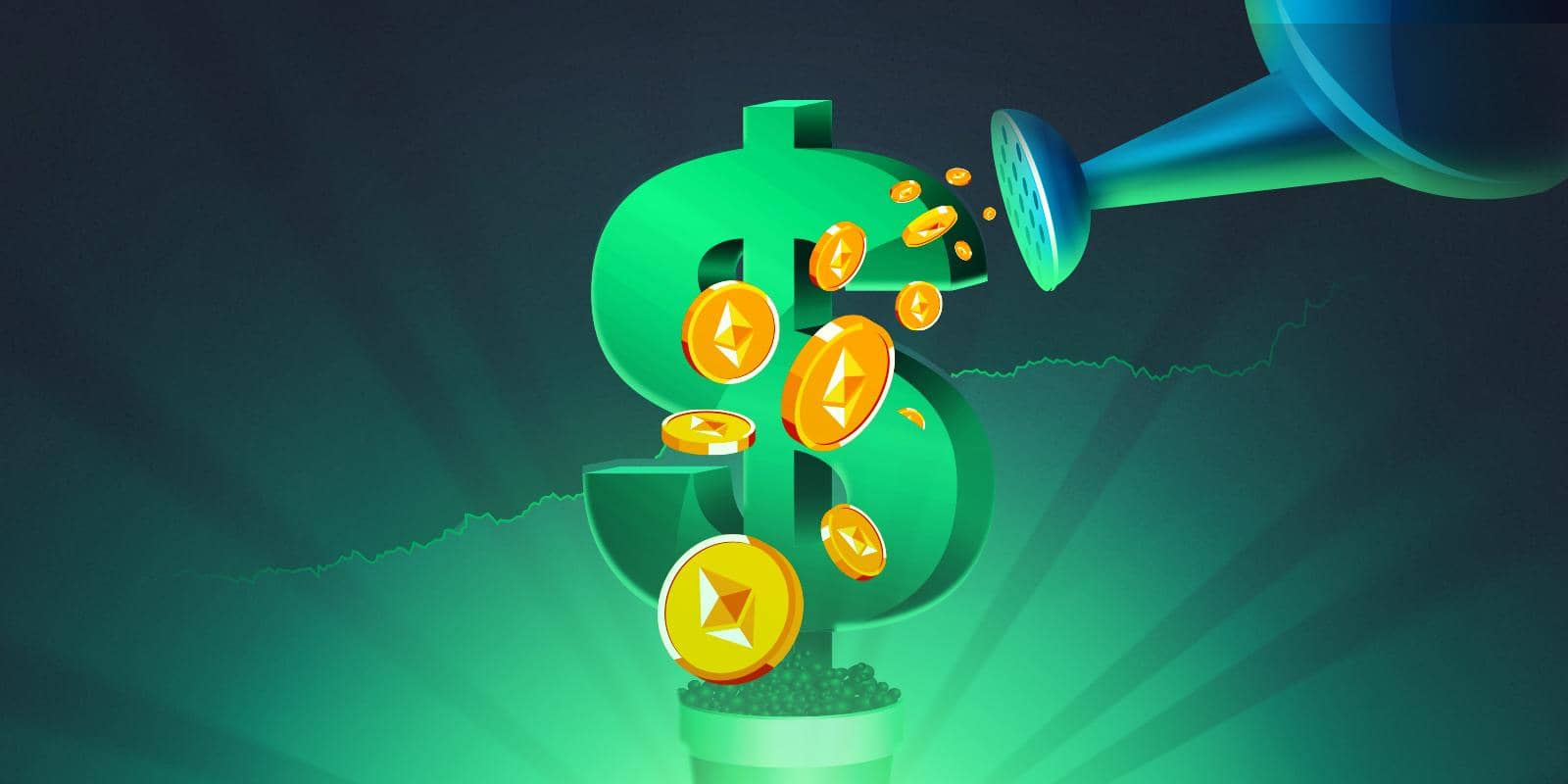Content
- Investing
- Active vs Passive Investing: Key differences
- Advantages of passive investing
- Importance of Portfolio Diversification In Investment
- Advantages And Disadvantages of Passive Investing
- Active vs. Passive Funds: Benefits & Differences
- Main Differences Between Active and Passive Investing
- Active vs. Passive Investing Pros and Cons: Which Is Right for You?
As the name implies, passive funds don’t have human managers making decisions about buying and selling. With no managers to pay, passive funds generally have very low fees. In 2016, investors pulled $285 billion out of active funds, while pushing nearly $429 billion into passive ones — and this year is seeing a similar shift, according to Morningstar. Deutsche Bank estimates passive funds will have as much total money as active ones within a few years. The investing information provided on this page is for educational purposes only.
- The more experience you get, the more insight you’ll gain into which approach makes the most sense for you.
- Investors use active investment strategies when they want to clock returns higher than an index fund.
- Over a 20-year period, about 90% index funds tracking companies of all sizes outperformed their active counterparts.
- So, while passive investing products may always be an essential building block for portfolios, there is every chance that new, different types of active products will be launched in the future.
- Factor investing has grown in popularity along with the passive investing industry.
Information related to lending products contained herein should not be construed as an offer or prequalification for any loan product offered by SoFi Bank, N.A. • Passive strategies are generally much cheaper than active strategies. You want good returns over time and are willing to give up the chance for the best returns in any given year. You like doing research and the challenge of outguessing millions of smart investors. On top of actually being difficult to do well, it actually requires a lot of time to be an active trader because of all the research you need to do. Therefore, it may not make sense to spend a lot of time on it if you don’t find it enjoyable.
Investing
It’s just another example of how the performance of active and passive management has remained faithful to cyclical trends. Passive investments, on the other hand, involve more transparency, lower fees, and tax efficiency. According to investment experts, passive investing has several advantages. For example, you can get rid of investments that are losing money to offset the capital gains tax on the big winners.

Funds are often managed like this for high net worth and institutional clients. By contrast, passive products are generic and are considered tools to be used to build a portfolio. Active strategies are more commonly hedged and make use of a wider variety of instruments. Some mutual funds do use basic hedging strategies, while hedge funds make extensive use of short selling, leverage, and derivatives.
Active vs Passive Investing: Key differences
Other factors, such as our own proprietary website rules and whether a product is offered in your area or at your self-selected credit score range can also impact how and where products appear on this site. While we strive to provide a wide range offers, Bankrate does not include information about every financial or credit product or service. Any estimates based on past performance do not a guarantee future performance, and prior to making any investment you should discuss your specific investment needs or seek advice from a qualified professional. Passive investing removes the need to be “right” about market predictions and comes with far fewer fees than active investing since fewer resources (e.g. tools, professionals) are needed.
This influences which products we write about and where and how the product appears on a page. Wharton’s Investment Strategies and Portfolio Management program offers five days of intensive training for finance professionals and others concerned with that and similar questions. The offers that appear in this table are from partnerships from which Investopedia receives compensation.
Let the active vs passive investing debate rage on…but if you care to look, the evidence is piling up in favor of one side.👇 https://t.co/XIvV4pxjX1
— Cosmo DeStefano (@cpdestefano) January 30, 2023
The real question shouldn’t be about choosing between active vs. passive investing, but rather, utilizing a combination of both if you have enough assets to do so. Since passive investing often performs better during bull markets and active investing can outperform in bear markets, the best course of action may be to combine the two, which gets you the best of both worlds. • The majority of active strategies don’t generate higher returns over the long haul. According to the well-known SPIVA (S&P Indices vs. Active) scorecard report of 2022, 95% of U.S. active equity funds underperformed their respective S&P indexes over the last two decades, through 2021. So investors who are willing to pay more for the insight and skill of a live manager may not reap the rewards they seek.
Advantages of passive investing
Start a free trial of Morningstar Direct to access more of the latest investment themes. • Passive strategies are more vulnerable to market shocks, which can lead to more investment risk. The following table recaps the main differences between passive and active strategies. You are now leaving the SoFi website and entering a third-party website. SoFi has no control over the content, products or services offered nor the security or privacy of information transmitted to others via their website.
Sometimes, where you are in your own financial journey can determine whether active or passive investing is the right path for you. For example, retirees seeking income today may struggle given low interest rates combined with rising inflation. Active fixed-income fund managers can help retirees find yield sources not typically held by index funds, such as structured credit. They can also seek out fixed-income investments that may be less sensitive to inflation’s impact on the bond markets, says Canally.
Importance of Portfolio Diversification In Investment
Although the capital is invested in passive funds, the asset allocation is actively managed by the model. Factor investing has grown in popularity along with the passive investing industry. Thus, exchange traded funds that target growth, value, yield, and other factors are now widely available to investors. Smart-beta funds use a combination of factors to reduce volatility and generate better risk-adjusted returns. Active investors take a hands-on approach to buying and selling to try to outperform a particular benchmark, like the S&P 500 Index. They follow companies closely and trade assets to capitalize on short-term price fluctuations.
But whatever they choose, will broadly be put into motion as either an active or passive investment. Although frequent buying and selling may trigger more capital gains and taxes, some strategies can help offset taxes for big winners. Passively managed funds have less potential to make significant returns, unless there is an economic boom. Anyone actively managing their own trading account and actively picking stocks is engaged in active investing.
They’d prefer to own the market through an index fund, and by definition they’ll receive the market’s return. For the S&P 500, that average annual return has been about 10 percent over long stretches. By owning an index fund, passive investors actually become what active traders try – and usually fail – to beat.
Advantages And Disadvantages of Passive Investing
This is a very transparent market, with most of the pertinent information made readily available to the public. Everyone has access to information on all the big name companies in the U.S., therefore there is very little opportunity to pick individual stocks that will outperform this group as a whole. An example of a less-efficient market could be the Emerging Markets. This market is made up of countries that are in the process of becoming more advanced and developed through growth and industrialization (i.e. China, India, Brazil, etc.). Because they aren’t at the United State’s level of industrialization and accounting, there is information that may not be easily accessible to the public and require in-depth research.

The outcomes of an actively managed fund can vary widely from a passively managed fund. Professional oversight of the fund, like you get in TIAA’s managed accounts, is an advantage. Rather, you invest in mutual funds that essentially try to match the performance of certain market indexes. They seek to hold the same assets in the same proportion as their benchmark index.
Active vs. Passive Funds: Benefits & Differences
It’s like the investing version of meat-friendly vs. vegetarian diets. A lot of biased information can come from investors on each side. That’s why we want to provide a clear, even-handed discussion of the topic.
Get instant access to video lessons taught by experienced investment bankers. Learn financial statement modeling, DCF, M&A, LBO, Comps and Excel shortcuts. There is no correct answer on which strategy is “better,” as it is highly subjective and dependent on the unique goals specific to every investor. Thus, downturns in the economy and/or fluctuations are viewed as temporary and a necessary aspect active vs passive investing of the markets (or a potential opportunity to lower the purchase price – i.e. “dollar cost averaging”). The latter is more representative of the original intent of hedge funds, whereas the former is the objective many funds have gravitated toward in recent times. As always, think about your own financial situation, your life stage, and your ability to tolerate risk before you invest your money.
You don’t mind underperforming, especially in any given year, for the pursuit of investing mastery or even just enjoyment. We’re transparent about how we are able to bring quality content, competitive rates, and useful tools to you by explaining how we make money. Our mission is to provide readers with accurate and unbiased information, and we have editorial standards in place to ensure that happens.
The goal of these passive investors is to get the index’s return, rather than trying to outpace the index. An investment strategy where managers “actively” construct a portfolio that is different than the comparable investment index/market with a specific goal in mind. This goal can be achieved by a combination of both increasing positive returns or decreasing negative returns. Due to https://xcritical.com/ the active nature of these funds, the underlying fees are typically higher than those in the passive category of investing. Such fees can widely vary from one fund family to the other based on many factors. With an actively managed fund, a fund manager tries to outperform a particular benchmark for stocks—such as the S&P 500, or for bonds, the Bloomberg U.S. Aggregate Bond Index.
They can also aim to mirror the performance of the index by owing a smaller subset of the underlying securities. An actively managed fund or portfolio has the potential to beat index returns. A quality investment strategy can be an important factor in capturing greater risk-adjusted returns relative to the market. An active investment strategy involves using the information acquired by expert stock analysts to actively buy and sell stocks with specific characteristics. The goal is to beat the results of the indices and general stock market with higher returns and/or lower risk.
